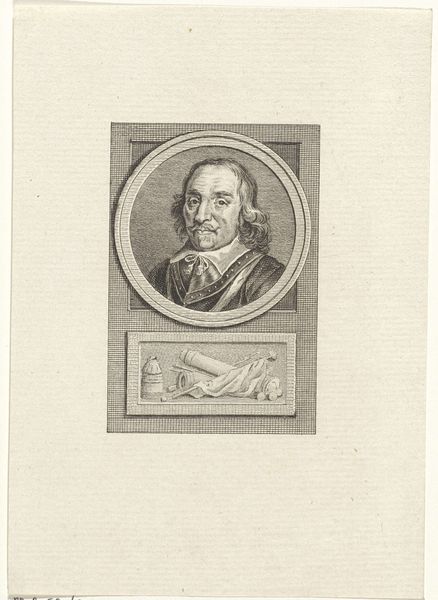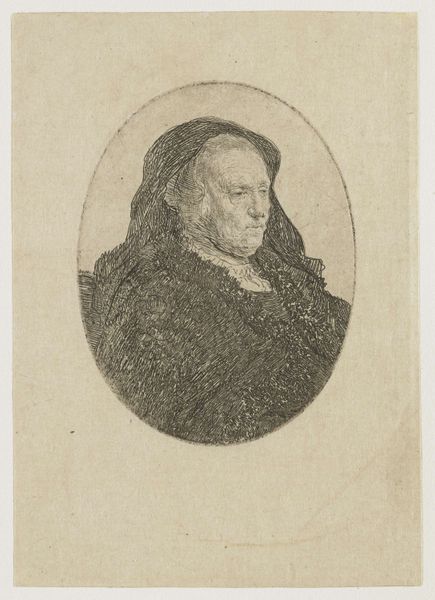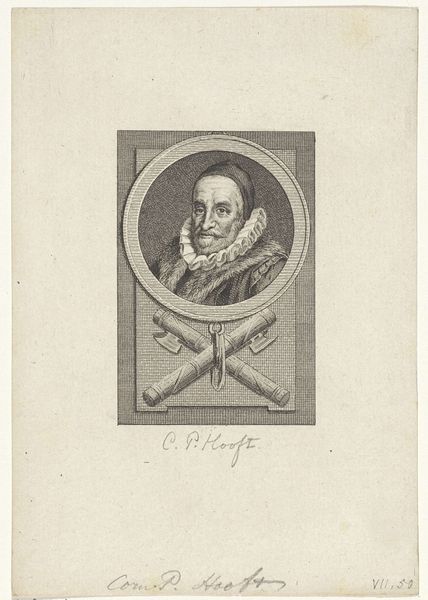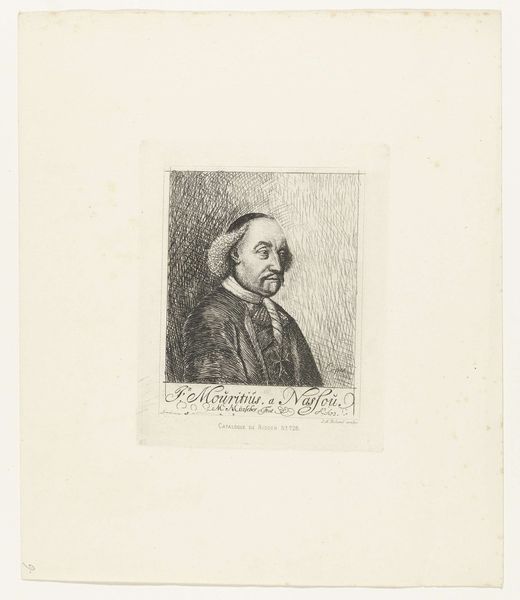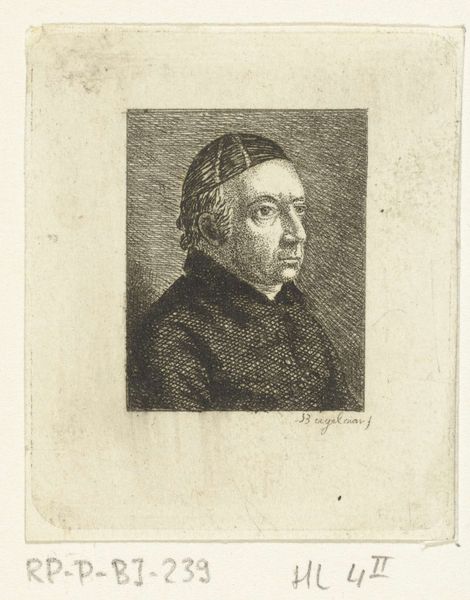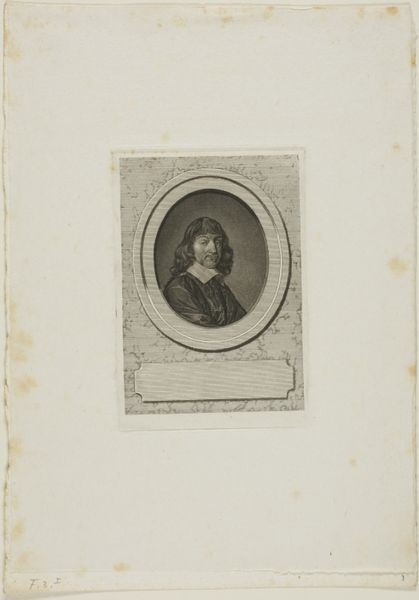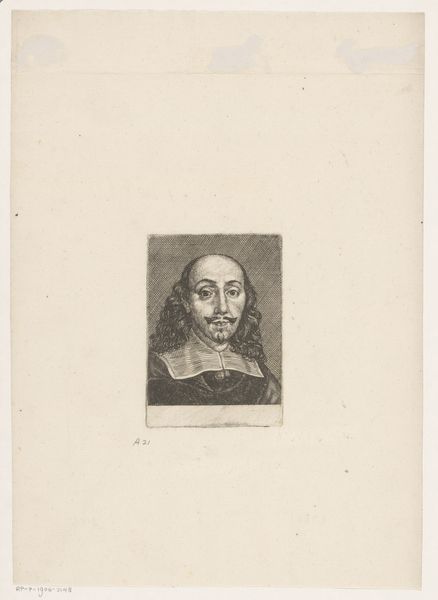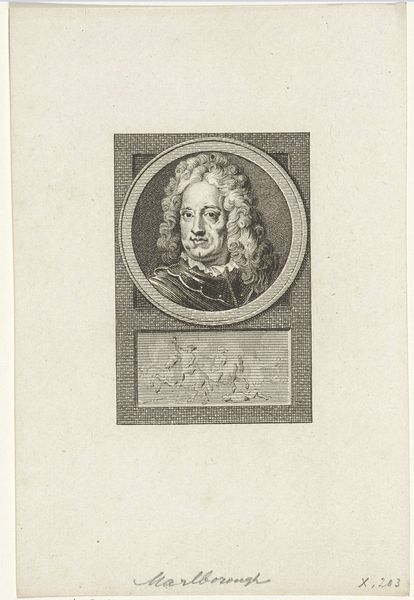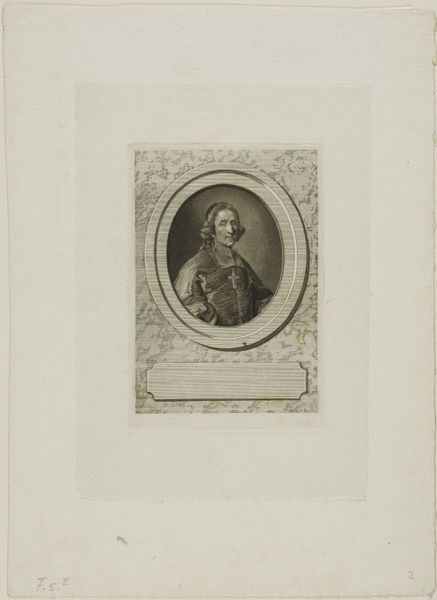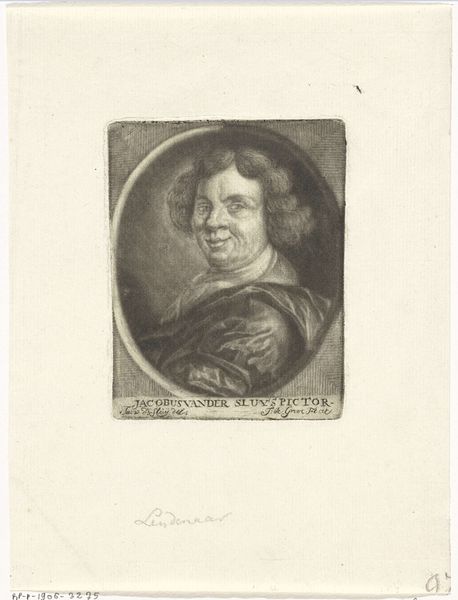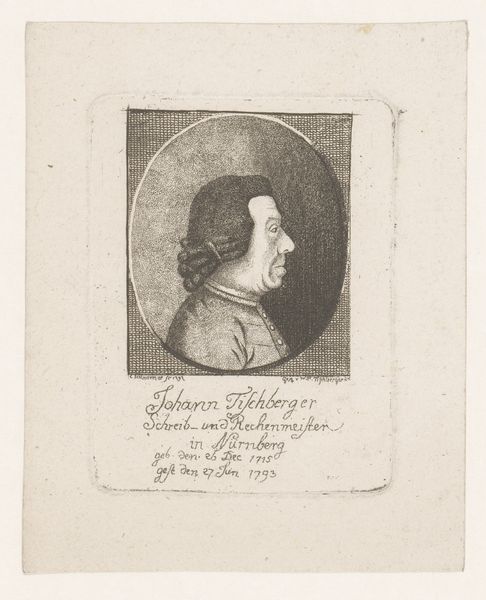
#
quirky sketch
#
pen illustration
#
pen sketch
#
pencil sketch
#
old engraving style
#
personal sketchbook
#
pen-ink sketch
#
pen work
#
sketchbook drawing
#
sketchbook art
Dimensions: height 52 mm, width 43 mm
Copyright: Rijks Museum: Open Domain
Editor: Here we have Ernst Willem Jan Bagelaar’s "Portret van de heer Hagedorn koopman uit Bremen," created sometime between 1798 and 1837. The tight linework gives it this feeling of meticulous constraint. What's your interpretation of this portrait, especially considering the context it was created in? Curator: It's intriguing, isn't it? Considering its creation between 1798 and 1837, think about the shifts in power happening across Europe – the rise and fall of Napoleon, the shifting class structures. Do you see a reflection of that in the portrait? It is of a merchant, so how does this artistic depiction either conform to, or challenge, societal expectations? Editor: I see what you mean about the power dynamics! He does seem a bit…severe. Was this severity a common way to depict merchants at the time? Or could it be a reflection of the artist's own feelings or perhaps even Bremen's perception of itself during that period? Curator: Precisely! The conventions of portraiture are deeply embedded in the social and economic realities of the time. Consider who commissioned this and why. Did Bagelaar seek to portray Hagedorn in a way that reinforced his status? Or perhaps subverted it in some subtle way through artistic expression? These were not passive acts of recording appearance. Editor: That’s fascinating. So it’s not just about *who* is in the portrait, but also *how* and *why* they're portrayed. I guess looking at art this way offers a glimpse into the historical and political landscape. Curator: Exactly. The politics of imagery shapes how we remember and understand history. What do you take away from it? Editor: Well, now I'm thinking about how even something as simple as a portrait is loaded with all this context. I won’t look at portraits the same way again! Thanks!
Comments
No comments
Be the first to comment and join the conversation on the ultimate creative platform.
